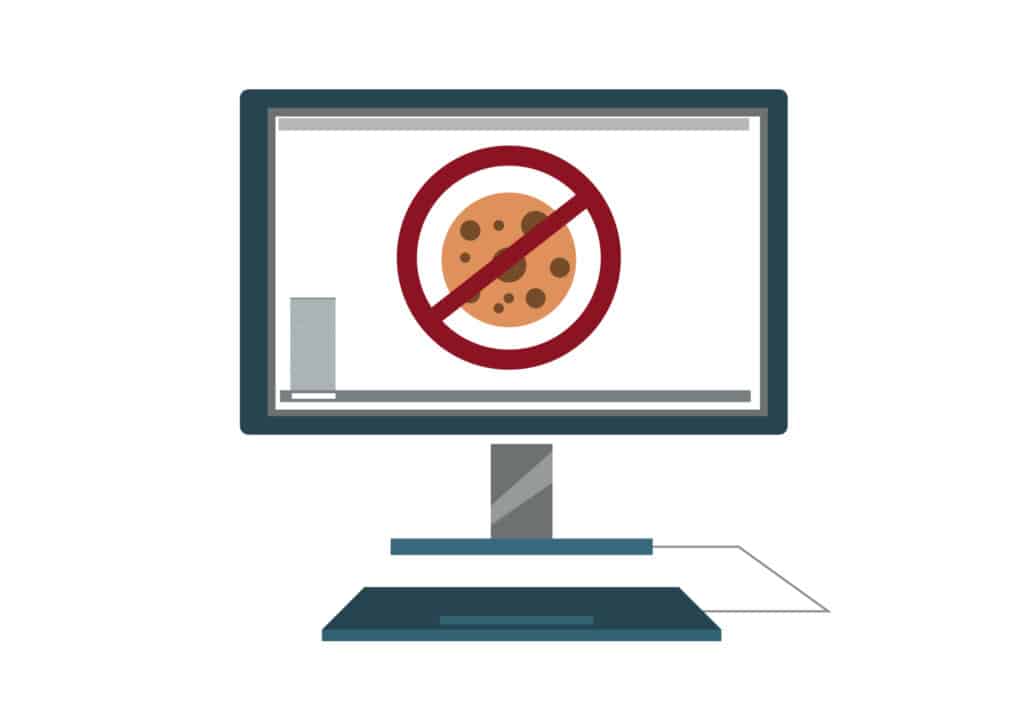Behavior Tracking in Google’s New “Cookie-less” World
June 2021 Update: Google has since delayed its planned cookie removal until 2023
In marketing where a data-driven world is the promise of modern advertisers, what happens when the data as we know it disappears? In March 2021, Google announced that it will no longer allow advertisers to target consumers based on their individual browsing behavior and data. Earlier Google also declared it will no longer support third-party cookie data starting in January 2022, thus creating a “cookieless world”. Together, these announcements have advertisers preparing to redefine what it means to be data-driven and, in essence, what it means to be a digital advertiser.
There is no need to think that digital remarketing is dead (I’ll avoid such hyperbole and clickbait here). Google is not giving up on its cash cow and its share of marketing budgets will still flow through the Google digital-sphere. Much of the data will now reside in what is known as Google Privacy Sandbox technology. That in itself will likely be another Google “blackbox”, leaving advertisers to wonder how they will be able to optimize highly targeted campaigns.
So far digital marketing has been able to accomplish this hyper-targeting in a way that fundamentally distinguishes itself from more traditional methods. For the better part of the past decade, advertising budgets have shifted from traditional channels (print, broadcast, OOH, etc.) to digital. The “holy grail” promise of digital has been that data-driven optimization means better visibility and return on investment.
For hundreds of years, marketers were handcuffed by the lack of full visibility into advertising’s impact on growth and revenue. Without the ability to make data-driven decisions, marketers relied on subjective decision-making for strategic and tactical optimizations. But over the course of the past 15 or so years that has become a bygone era. Marketers now fear they will regress to that dark age of knowing half of their advertising is working, but not knowing which half!
What does this all mean for modern marketers looking to reach the right consumers with the right message at the right time, while being confident they’re earning a righteous ROI? Google says fear not, trust our Privacy Sandbox – a collection of five applications that rely on anonymized signals (instead of cookies) within a user’s Chrome browser to help advertisers see an ROI from consumer’s digital behavior.
Change is inevitable. Marketers will be losing the ability to follow and measure consumer behavior through the methods they had previously known. Google states that these changes are about creating a better user experience and aligning with privacy pressures from consumers. If that sounds too altruistic, it may well be. Many industry veterans would argue that Google only does what is best for Google in the end.
So what does the near future hold for digital marketers? Expect to see more of the same. Budget allocations will still continue to shift towards digital. This will be true for brands and organizations that are ahead of the curve as well as marketing laggards who are just now beginning to spend more budget on digital.
As technology evolves consumers will continue to benefit from a more personalized advertising experience and advertisers will still be able to reach their audience in the end. Google will win. Meaning that on the horizon will be data-driven decisions that are even more controlled and influenced by Google – perhaps based on Unique Identifiers attached to each digital consumer. And yes, that includes both you and me.
